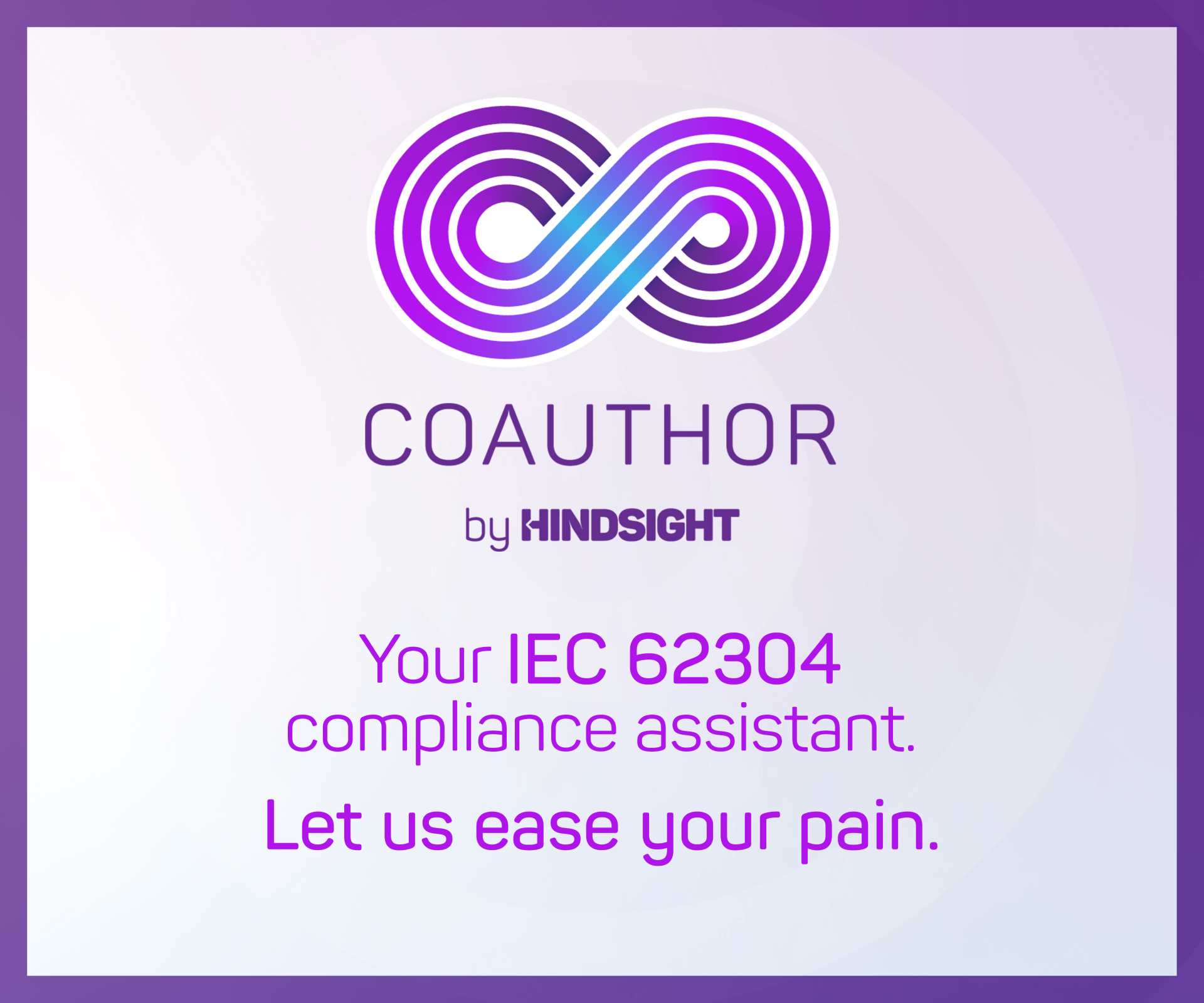
Introduction
The Internet of Things (IoT) refers to the network of interconnected devices, sensors, and systems that can collect and exchange data. IoT has revolutionized various industries by enabling the seamless integration of physical and digital environments, leading to increased automation, efficiency, and data-driven decision-making.
Telemedicine is the use of telecommunications technology to provide remote healthcare services, including diagnosis, treatment, and monitoring. Telemedicine has gained significant importance due to its ability to overcome geographical barriers, improve access to healthcare, and provide continuous care for patients with chronic conditions.
By integrating IoT devices and data analytics into telemedicine, healthcare providers can access real-time patient data, gain valuable insights, enhance treatment plans, and optimize resource allocation. This integration has the potential to improve patient outcomes, reduce costs, and enhance the overall quality of healthcare.
Understanding IoT-generated Data in Telemedicine
IoT-generated data in telemedicine can come from various sources, including wearable devices (e.g., smartwatches, fitness trackers), remote patient monitoring devices (e.g., blood pressure monitors, glucose meters), and sensors (e.g., environmental sensors, fall detection sensors). These devices collect data on vital signs, patient activity, environmental factors, and other relevant health metrics.
IoT devices capture a wide range of data, including vital signs (e.g., heart rate, blood pressure, oxygen saturation), patient activity (e.g., step count, sleep patterns), environmental factors (e.g., temperature, air quality), medication adherence, and symptoms reported by patients. This diverse dataset provides a holistic view of the patient’s health and behavior.
The integration of IoT devices in telemedicine generates vast amounts of data, posing challenges related to data storage, processing, and analysis. Managing data security, ensuring data quality, addressing interoperability issues, and implementing scalable infrastructure are key challenges that need to be addressed to effectively leverage IoT-generated data in telemedicine. In addition to leveraging IoT-generated data for telemedicine, healthcare organizations can also benefit from IoT engineering services, which provide expertise in designing, implementing, and maintaining IoT infrastructure, ensuring seamless data integration and efficient utilization of IoT devices in telemedicine applications.
Importance of Data Analytics in Telemedicine
Data analytics plays a crucial role in processing and analyzing the vast volumes of IoT-generated data to derive actionable insights. Advanced analytics techniques, such as machine learning and artificial intelligence, enable the identification of patterns, correlations, and trends that may not be readily apparent in raw data.
Data analytics in telemedicine offers several valuable use cases, including remote patient monitoring for timely intervention, disease prediction and early detection through predictive models, and treatment optimization through personalized care plans based on individual patient data. These applications can lead to more proactive and effective healthcare interventions.
By analyzing IoT-generated data, data analytics can identify patterns and trends in patient health and behavior that can contribute to improved healthcare outcomes. For example, analytics can help identify early warning signs of deteriorating health or medication non-compliance, enabling timely interventions and adjustments to treatment plans.
Leveraging IoT-generated Data for Valuable Insights
IoT-generated data provides a comprehensive view of patient health by capturing information from multiple sources and contexts. It allows healthcare providers to monitor patients in real-time, track changes in health metrics, understand patient behavior, and gain insights into the impact of environmental factors on health.
Analyzing IoT data in telemedicine can yield valuable insights, such as early disease detection through the identification of abnormal health patterns, personalized treatment plans based on individual patient data, and the evaluation of treatment effectiveness by comparing outcomes across patient cohorts. These insights can contribute to improved clinical decision-making and patient outcomes.
Real-world examples demonstrate the value of IoT-generated data analytics in telemedicine. For instance, remote monitoring of patients with chronic conditions using IoT devices and data analytics has shown to reduce hospital readmissions, enable early intervention for worsening symptoms, and improve patient satisfaction and quality of life.
Improving Treatment Plans with IoT-generated Data Analytics
Data analytics enables healthcare providers to analyze individual patient data collected through IoT devices, allowing for the development of personalized treatment plans tailored to each patient’s unique needs. By considering real-time data, historical trends, and patient-specific factors, treatment plans can be optimized for better outcomes.
Real-time data analysis and feedback provided by IoT-generated data analytics offer significant benefits in adjusting treatment plans. Healthcare providers can monitor patients’ health metrics, identify changes in real-time, and make timely interventions or adjustments to treatment plans. This agile approach can lead to more effective and personalized care.
Personalized care resulting from IoT-generated data analytics can enhance patient engagement and adherence. When patients actively participate in their care and witness the positive impact of personalized treatment plans, they are more likely to be engaged and committed to following their prescribed treatments, leading to better health outcomes.
Optimizing Healthcare Resources through IoT-generated Data Analytics
Data analytics enables healthcare organizations to analyze patterns and trends in patient data, facilitating better resource allocation. By identifying high-risk patients, predicting healthcare needs, and optimizing resource utilization, healthcare organizations can improve operational efficiency, reduce costs, and enhance patient care delivery.
Predictive analytics, powered by IoT-generated data, can anticipate healthcare needs and support preventive measures. By analyzing patient data, historical trends, and risk factors, predictive models can identify patients at high risk of deteriorating health or readmission, enabling proactive interventions to prevent adverse events and improve patient outcomes.
Effective resource optimization driven by IoT-generated data analytics can lead to significant cost savings for healthcare organizations. By allocating resources more efficiently, reducing unnecessary hospital readmissions, and providing targeted interventions, healthcare organizations can improve patient outcomes while reducing the financial burden on both patients and the healthcare system.
Privacy and Security Considerations
The integration of IoT devices in telemedicine raises concerns about the security and privacy of sensitive patient data. The collection, storage, and transmission of data must adhere to strict privacy regulations and industry standards to ensure patient confidentiality and trust. It is essential to address these concerns through robust data protection measures.
To protect patient data in IoT-enabled telemedicine, data encryption and secure data storage are crucial. Encryption techniques can safeguard data during transmission, and secure storage systems can prevent unauthorized access. Compliance with privacy regulations, such as the Health Insurance Portability and Accountability Act (HIPAA), is essential to ensure legal and ethical handling of patient data.
IoT-enabled telemedicine requires robust cybersecurity measures to protect against potential data breaches. Implementing strong access controls, regular security audits, and intrusion detection systems can help safeguard against cyber threats. Continuous monitoring, incident response plans, and staff education on cybersecurity best practices are essential to mitigate risks effectively.
Future Trends and Challenges
The field of IoT and telemedicine data analytics is rapidly evolving. Emerging trends include the integration of AI and machine learning algorithms for predictive analytics, the use of edge computing for real-time analysis, and the application of natural language processing for extracting insights from unstructured data. These trends have the potential to further enhance the capabilities and impact of IoT-enabled telemedicine.
Implementing IoT-generated data analytics in telemedicine faces challenges, including interoperability issues among different devices and data sources, ensuring data quality and accuracy, addressing ethical considerations related to data privacy and consent, and achieving seamless integration with existing healthcare systems. Overcoming these challenges requires collaboration among stakeholders and ongoing research and development efforts.
Researchers and industry experts are actively working on solutions to address the challenges associated with IoT-generated data analytics in telemedicine. Ongoing research focuses on developing standardized data formats and protocols, improving data quality through data cleaning and validation techniques, and establishing ethical frameworks to guide data collection, storage, and usage practices.
Conclusion
The integration of IoT-generated data analytics in telemedicine offers immense benefits for healthcare providers, patients, and the healthcare system as a whole. It enables proactive and personalized care, improves treatment outcomes, optimizes resource allocation, reduces costs, and enhances operational efficiency.
To fully leverage the potential of IoT and data analytics in telemedicine, further exploration, and adoption are necessary. Healthcare providers, policymakers, researchers, and technology developers should collaborate to overcome challenges, establish standards and guidelines, and drive the adoption of IoT-enabled telemedicine solutions that enhance patient care, advance medical knowledge, and transform healthcare delivery.













